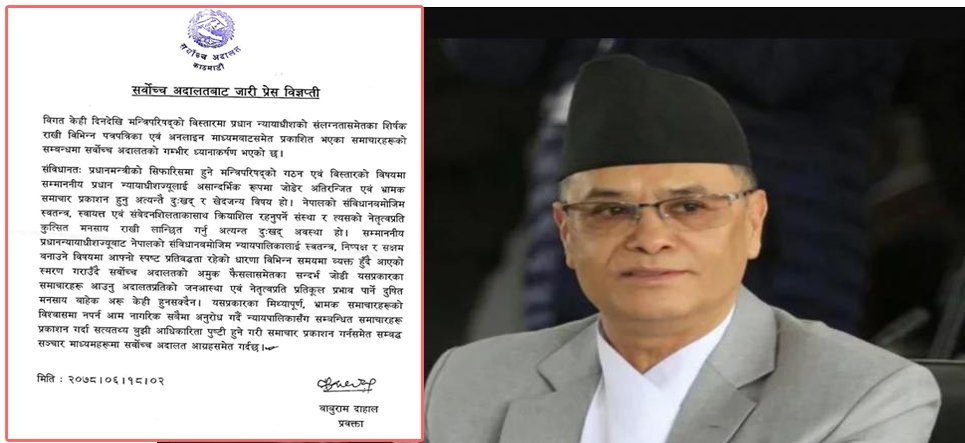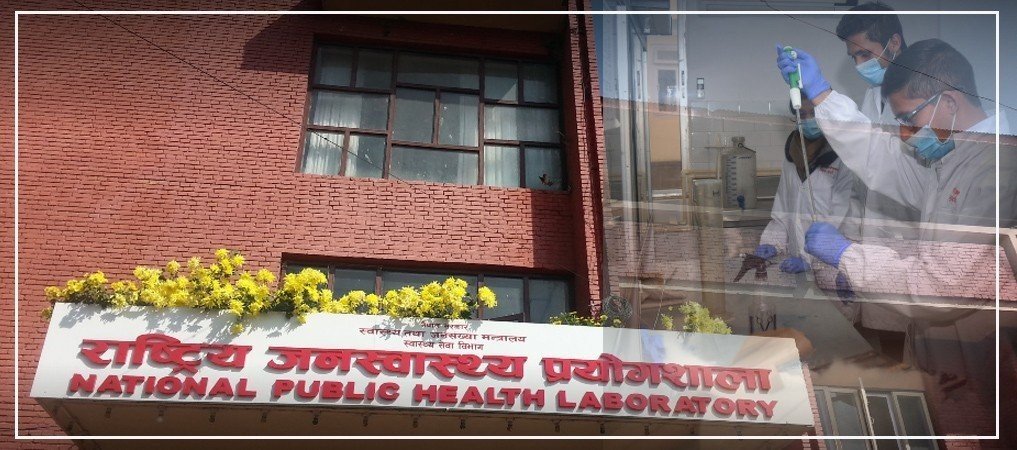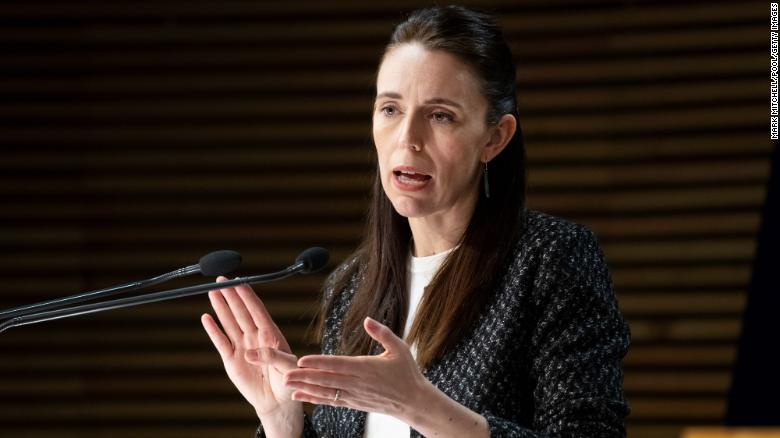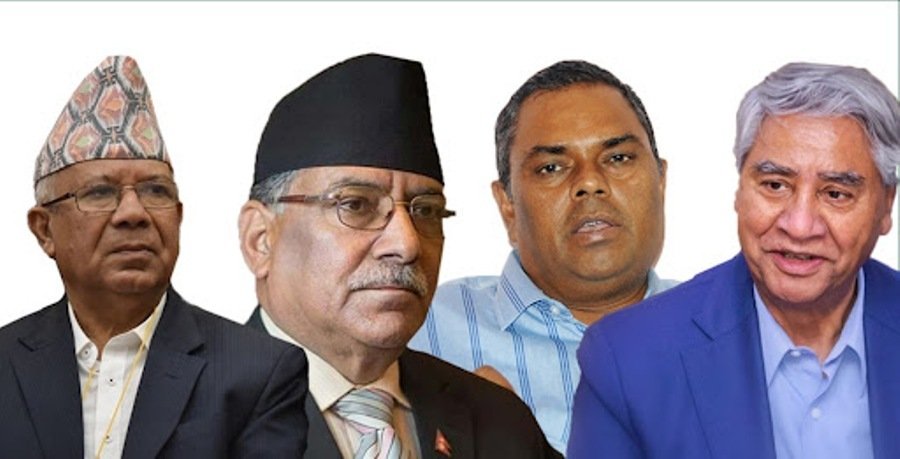Govt. borrows Rs. 89.5 billion amid liquidity shortage

By Ajay Chhetri, Kathmandu, Feb. 25: The federal government has borrowed internal debt Rs. 89.5 billion in the current fiscal year (FY).
For this, it has issued fresh treasury bills worth Rs. 35 billion and development bills worth Rs. 54.5 billion.
The government has set the target of borrowing internal debt approximately Rs. 239 billion to fulfill the fiscal deficit of Rs. 522.09 billion estimated by the replacement bill.
As of February first week, it drew out approximately 37.4 per cent of the total amount of Rs. 239 billion scheduled to borrow in the FY 2021/2022 from the market. Meanwhile, it has paid back outstanding debt amount worth Rs. 29 billion to the market by paying out the matured treasury bills.
As the government intended to intensify the internal borrowing, the road ahead seems bumpy in the midst of liquidity shortage.
First, internal borrowing mopes up money from the market. However, the current trend of government expenditure has witnessed a bottleneck to scale up its spending.
The NRB data showed that government treasury stuck unspent with the surplus treasury approximately of Rs. 37 billion in the middle of the current FY. If the government capital expenditure could not get recalibrated, borrowing alone could escalate the economic cycle further.
Second, shrinkage of the excess liquidity in the Nepal Rastra Bank (NRB) from Rs. 120 billion at the beginning of the current FY to Rs 20 billion in mid-January are testimonials of dipping liquidity in the bank and financial institutions. If the government takes an alternative route of borrowing from the general public, it might be bearing a high cost because it must pay higher interest in comparison to the financial initiations. But if the government is compelled to turn to the BFIs, it is facing a tight liquidity situation over the recent months.
So it's a bumpy road ahead for the government for the financial management in the current FY.
Meanwhile, International Monetary Fund (IMF) report said that the government debt position is still on the safe side.
According to the IMF (Internal Monetary Fund) country report published on January 22, the internal public debt has been rising more rapidly in recent years from 10.1 per cent of GDP (gross domestic product) in FY 2015/16 to 21.7 per cent in FY2019/20. One-quarter of the domestic debt is in short-term treasury bills which are held mainly by domestic financial institutions.
Meanwhile external public debt remains largely stable. The IMF report revealed that the external debt-to-GDP ratio declined from 18 per cent of GDP in FY2011/12 to 14.2 per cent in FY2014/15 and remained relatively flat until FY2018/19. The report also revealed that public debt rose by approximately 5 per cent of GDP in FY2019/20.
Similarly, total public debt has been also rising in recent years. The IMF report revealed the gradual decline from 35 per cent of GDP in FY 2011/12 to 25 per cent in FY 2016/17, public debt has again risen over the last several years to 42.2 per cent of GDP in FY2019/20. The report further added that the rise in the debt is driven specifically in response to the COVID-19 pandemic.
According to the NRB Spokesperson Narayan Prasad Pokhrel the debt operation will not affect the liquidity position in the market. The debt operation, whether internal or external is part of the regular business of NRB on behalf of the government, so NRB is competent to handle it safely.
Recent News

Do not make expressions casting dout on election: EC
14 Apr, 2022
CM Bhatta says may New Year 2079 BS inspire positive thinking
14 Apr, 2022
Three new cases, 44 recoveries in 24 hours
14 Apr, 2022
689 climbers of 84 teams so far acquire permits for climbing various peaks this spring season
14 Apr, 2022
How the rising cost of living crisis is impacting Nepal
14 Apr, 2022
US military confirms an interstellar meteor collided with Earth
14 Apr, 2022
Valneva Covid vaccine approved for use in UK
14 Apr, 2022
Chair Prachanda highlights need of unity among Maoist, Communist forces
14 Apr, 2022
Ranbir Kapoor and Alia Bhatt: Bollywood toasts star couple on wedding
14 Apr, 2022
President Bhandari confers decorations (Photo Feature)
14 Apr, 2022











